The MS-Optics 21mm f/4.5 Perar is, without a doubt the smallest lens I’ve ever shot with on a Leica rangefinder. In fact, it’s probably one of the smallest full frame lenses ever made. Yet despite its size, it still focuses, it still has an aperture control and is even rangefinder coupled. On paper, this thing is a feat of genius. The question is, how well does it work in practice?
Before I get into this, let me just first say, this lens isn’t mine. West Yorkshire cameras posted a picture of it on their Instagram a week or so ago, and me being me, I thought it fit to ask for a loan. They only went and said yes! To be fair, they do currently advertise here on 35mmc, so we already have a bit of a relationship, and they’ve offered to loan me things in the past… but still… result! If you haven’t come across WYC, check out their website here. Just be warned, their shop/website is like some sort of film photography GAS inducing treasure trove. I follow them on IG, as mentioned, and often find myself drooling at their posts… (the recent post of a picture of a mint boxed Mamiya 7ii, shortly followed by a Tessina nearly saw a distinct increase in my credit card balance!)
The MS-Optics 21mm f/4.5 Perar – A bit of a rarity
Anyway, back to the lens. I’ve spied these lenses a number of times on Japan Camera Hunter. Bellamy sells them new, as well as acting as a middle man for those looking for MS-Optics lens conversions. I’ve had a lens conversion done myself, but my intrigue in the ‘proper’ MS-lenses has always remained, though never quite resulted in a purchase. Given my penchant for small gear, this seems a little odd thinking back. That said, I think if there’s one reason I’ve not bought one it’s probably how short a time they tend to be available to purchase. MS-optics lenses are often in such short supply, that they sell almost as quickly as Bellamy lists them on his site, the result of this is that I don’t have the time to mull over the purchase. I’m one of those types that enjoys a bit of thinking time, it’s half the fun of buying more gear for me. I suspect for some though, the rarity of these lenses creates an attraction to them that goes beyond the practical considerations I am largely going to talk about in this review.
As such, having an opportunity to borrow one is certainly something I’m very pleased about. Not only does it let me play with it without actually having to buy one, but hopefully it also allows me to be fairly objective about its qualities as a bit of kit. The issue is, I’ve only got a week or so to play with the thing…
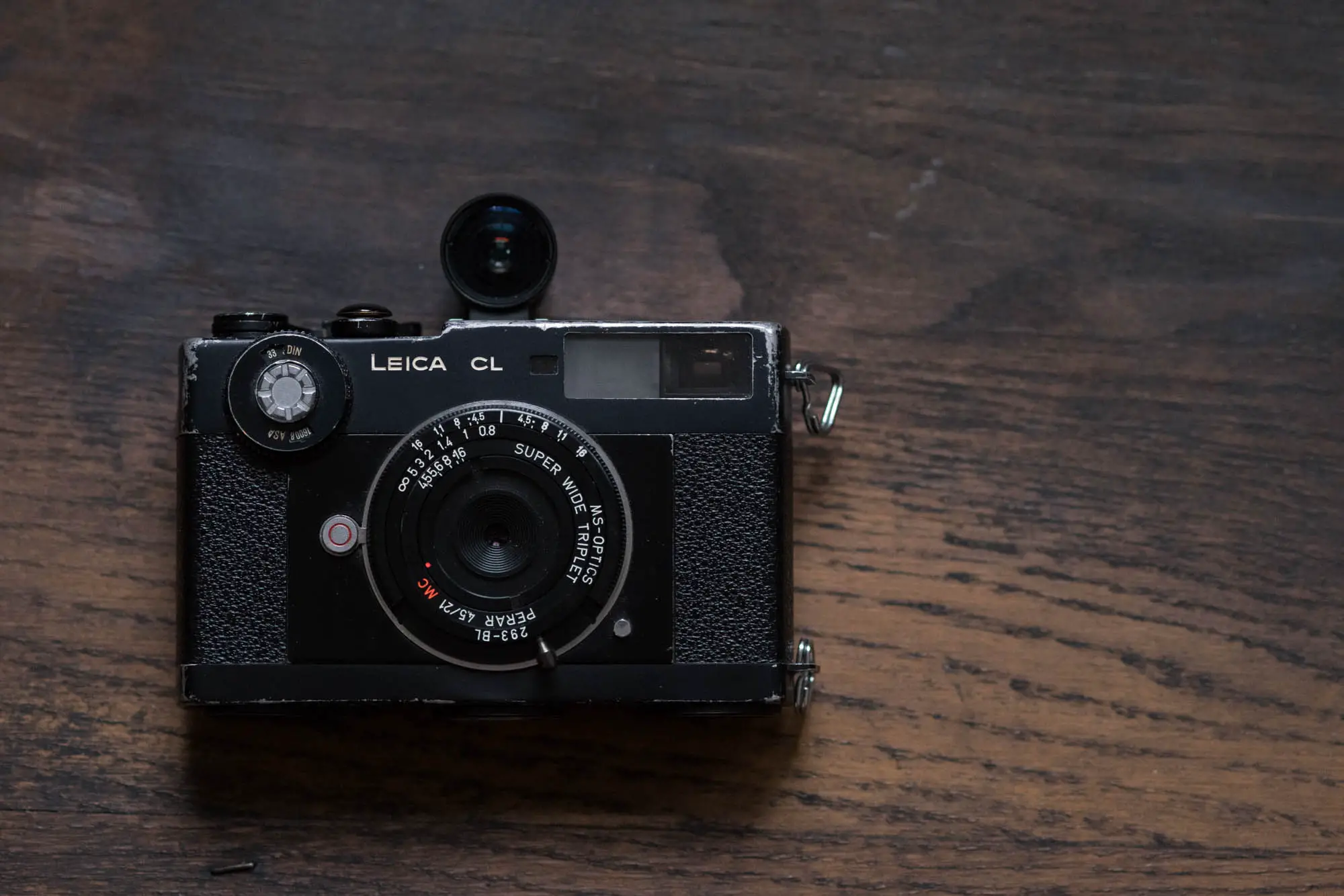
First impressions
I’m always getting parcels at work (obviously), and they usually come with a “‘nother camera?” comment from whoever puts the parcel on my desk. Not on this occasion. This lens came in a Jiffy bag, so when I was handed it by Alex – who also has a bit of an appreciation for such gear – I got to be the smug one, “I bet you can’t guess what this is?” I asked as he walked away from my desk…
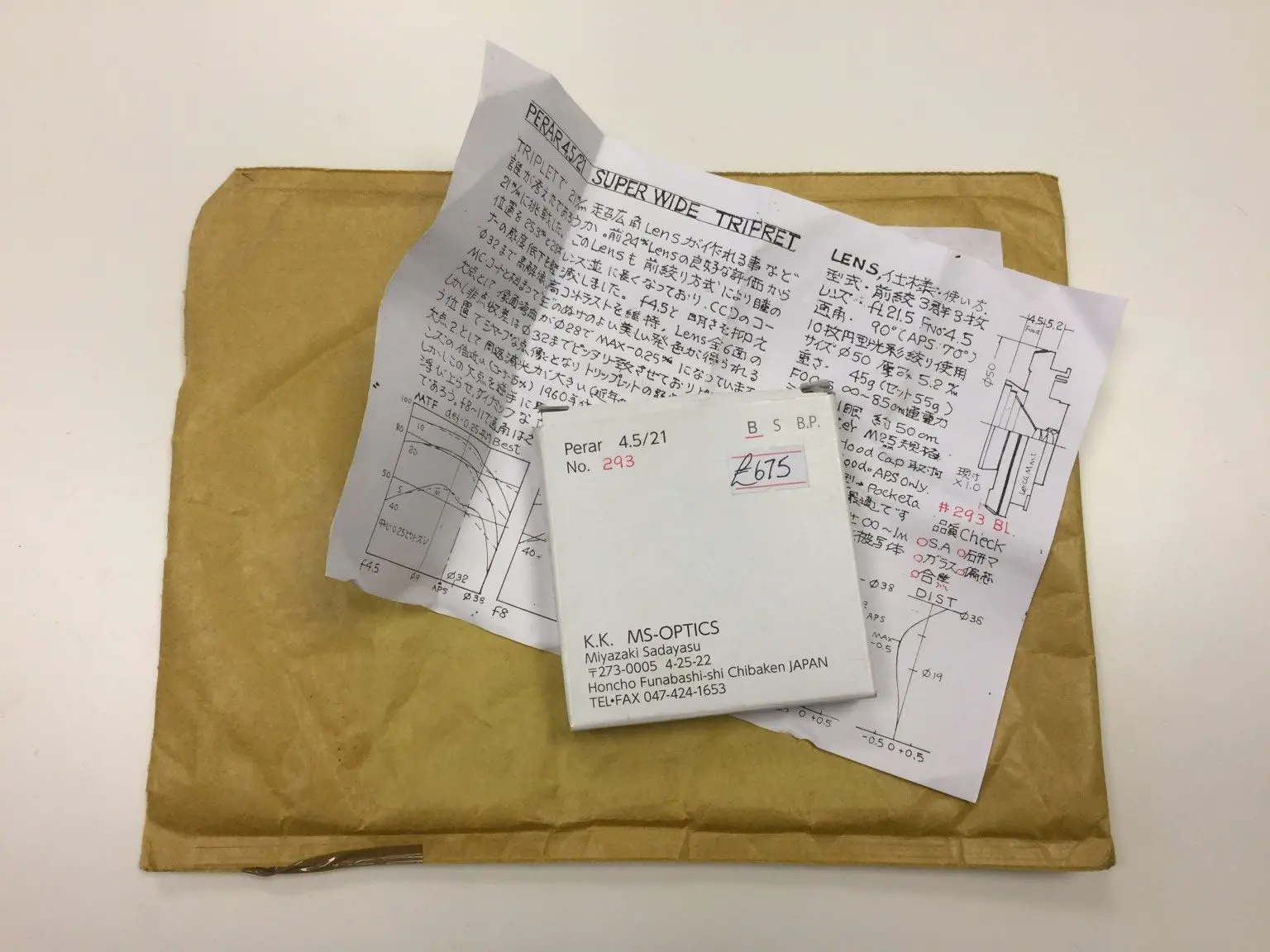
Looking at the package you would never guess it was a lens. Looking at its box you wouldn’t either. In fact, looking at it out of its box, at first glance you might still find yourself scratching your head. Here it is with its tiny screw on lens cap in place.

Its screw on front cap is one thing, but its rear cap is where things are really interesting.
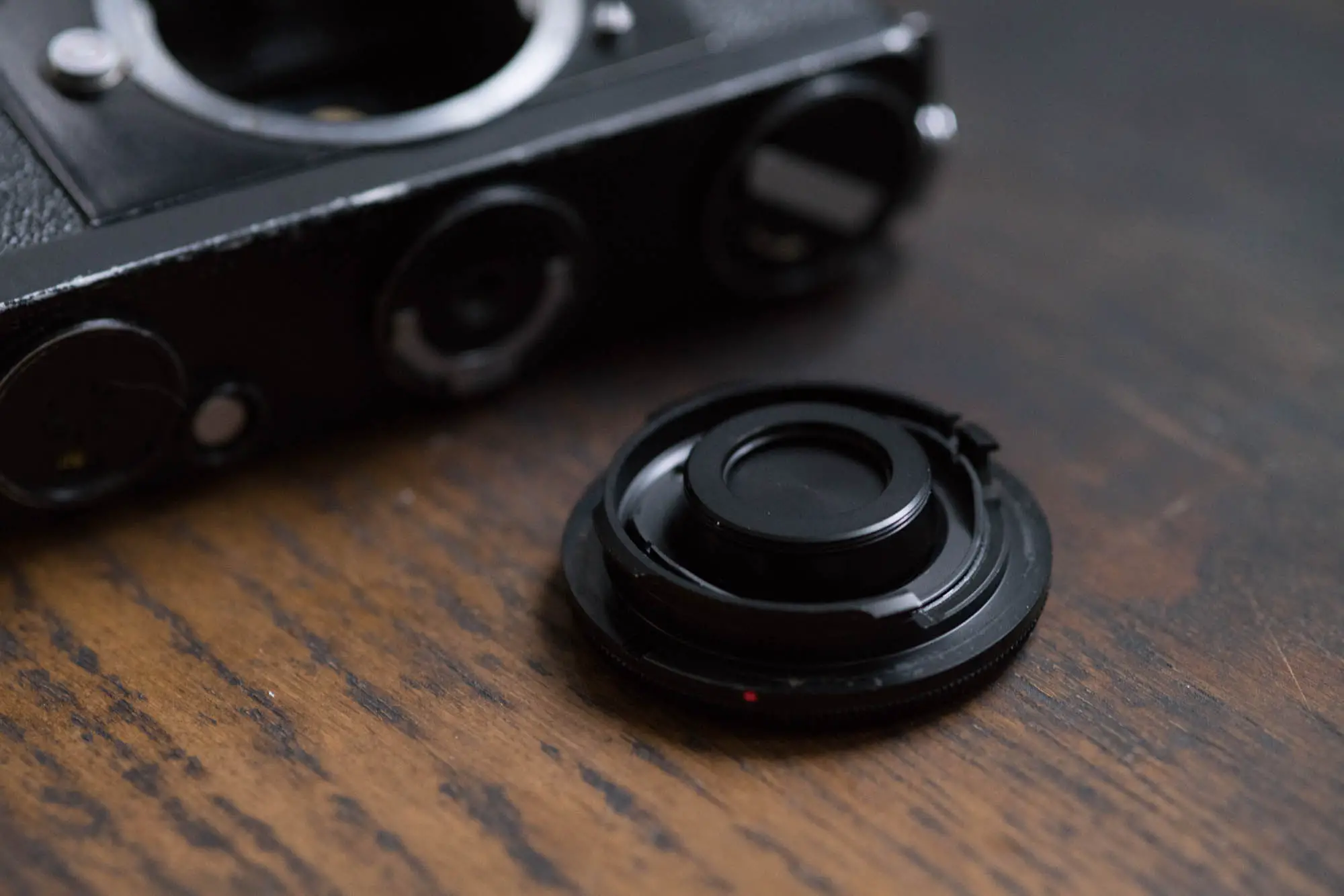
The rear cap consists of another small screw on disk, over which screws the lens hood for convenient storage. Unscrew the hood and it screws on to the front, ever so slightly increasing the profile of the lens/camera. What’s Interesting about the lens hood, if you don’t use it as such, all three bits screw together for safe keeping. Neat! And very small!!
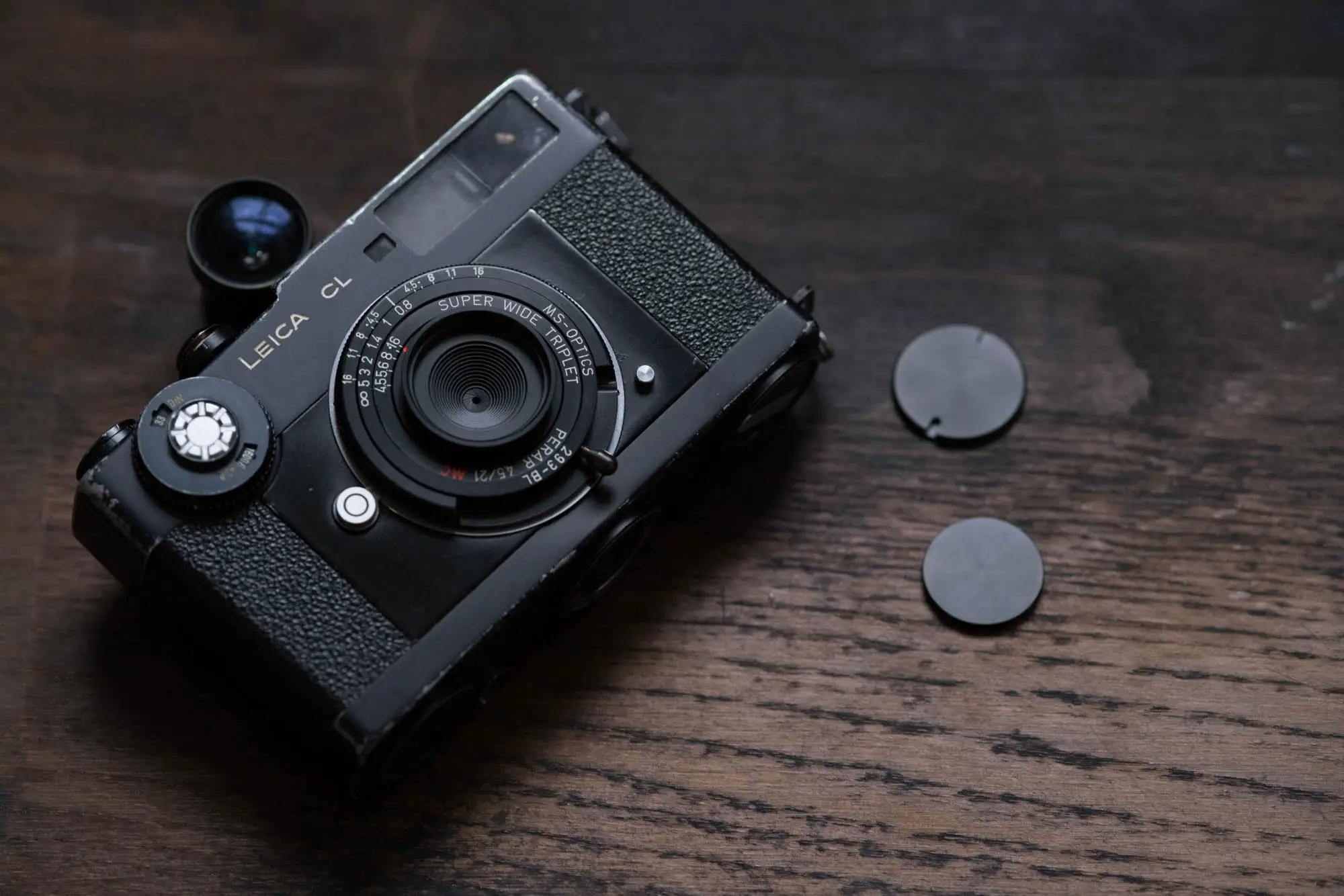
Handling
Of course, as a fan of small cameras, I’m acutely aware of the sacrifices that can come along with shooting gear like this. Small size often comes at the expense of ideal handling. Tiny size – as is the case with this lens – can render kit very frustrating to use for some people. But actually, more often than not I find the frustrations people have with small gear to actually be born out of it jarring with their approach to the kit, rather than it being a problem inherent in the kit itself. This lens perfectly illustrates this. If you pick up this lens under any illusion that you’ll be able to shoot it like any normal modern M-mount lens, you are probably going to be disappointed.
Focusing
Surprisingly, the focus control on the MS-Optics 21mm Perar is actually very easy to use. You’re going to need to be comfortable with a focus knob mind, as there is no other way of focusing it, but assuming that’s the case there is little reason to find fault with the way it focuses – the one I have here is very smooth! Perhaps the only limitation of the focusing mechanism is the close focus distance. It focuses closer than the 0.8m it shows on the dial, but 0.8m is the distance where the rangefinder coupling stops working. Some markings down to the 40-50cm close focus would be really nice I think.
The aperture
If the MS-Optics 21mm Perar does fall short in terms of handling, the main culprit of the disappointment is likely to be the fiddly aperture dial. Changing the aperture involves applying pressure to the front of the lens and rotating, or attaching the lens hood and rotating that. Unless you are holding the focus knob, both can result in the focus changing slightly too. To be fair, you do get used to it quite quickly – the two slots you can see in one of the pictures above act as a bit of a grip if you don’t have the hood attached, and it’s not like there’s much travel required to change from one aperture setting to another. You just wouldn’t want to do it for every shot… Which is pretty much the point I’m making about the approach to shooting it.
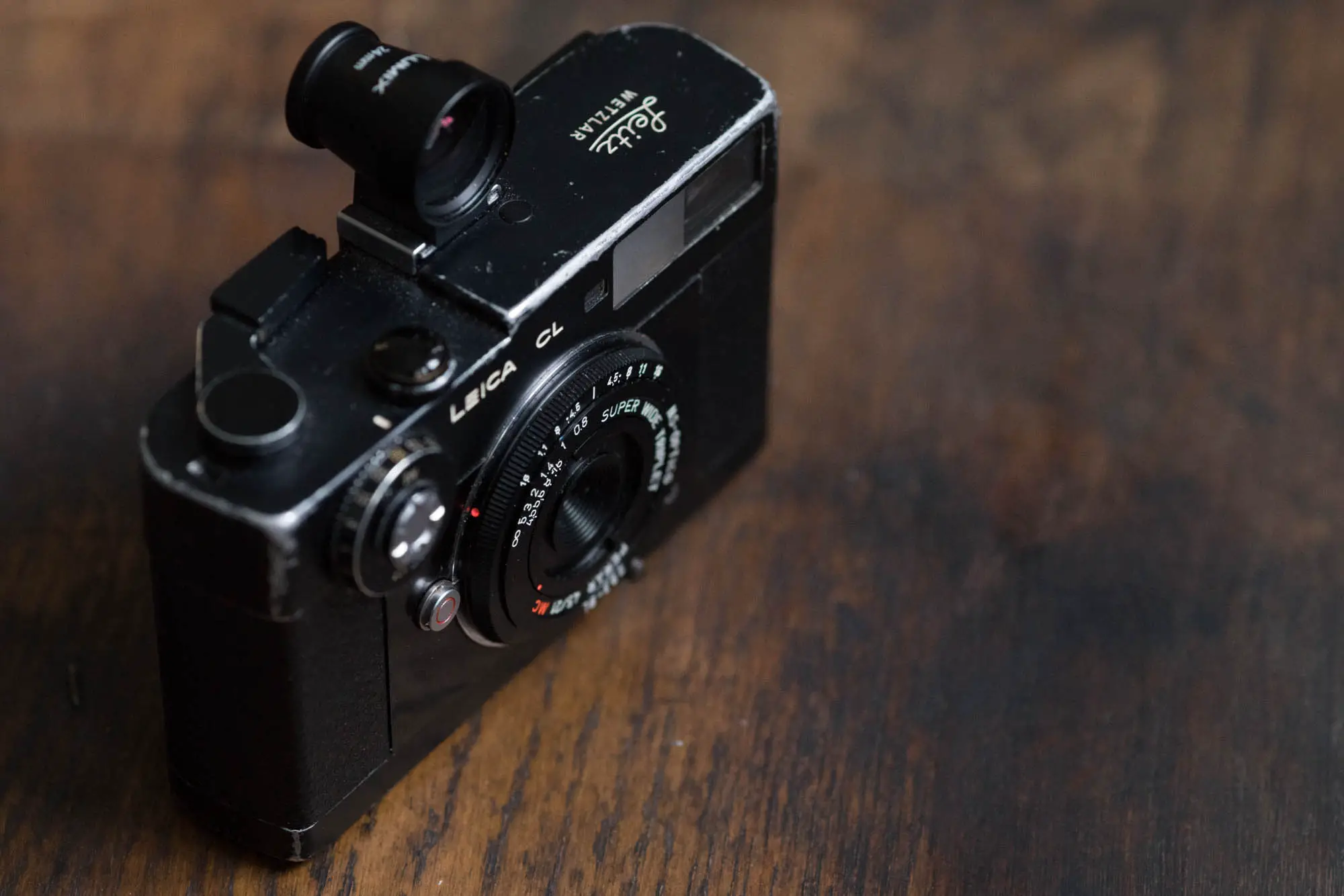
Shooting approach
The approach needed for using this lens is more akin to the that of shooting an early Leica lens, such as one of the tiny screw mount Elmars. Like the MS-Optics 21mm Perar, the early Elmars have aperture dials on the front of the lens. I remember when I first got my 35mm Elmar some years back, I couldn’t fathom how to change the aperture to start with, and when I figured it out it just struck me as something that would get in the way of how I wanted to shoot. Of course, in practice you just learn to change the aperture less, think more ahead of time, and where quicker decisions are needed change the shutter speed instead. I don’t own that 35mm Elmar anymore, I swapped it out for the 50mm, but still use the 50mm in the same way. Obviously, with a 50mm lens, the limitation to this approach is depth-of-field. It’s less easy for example to zone focus set and forget a 50mm lens than something wider.
With the MS-Optics 21mm Perar on the other hand, that set and forget approach is very easy indeed. At f/8 you have everything from 1m to infinity in focus. With rangefinders usually only focusing down to 0.7m, that’s pretty much everything someone who shoots one is going to be used to working with. Since shallow depth-of-field just isn’t something worth thinking about with a 21mm f/4.5 lens, this approach to shooting seems quite hard to question, almost regardless of the lens design.
Minor frustrations
For me, the above renders any concerns about how fiddly the lens is almost completely redundant. But that doesn’t mean it gets off criticism entirely. To my mind, there are two big disadvantages of the small size.
The first is its small weight. This might sound picky, but not having a lens with some weight on the front of a Leica M rangefinder upsets the balance of the camera when it’s hanging around your neck. The strap lugs on most Leica M rangefinders are toward the front of the camera, meaning that when a normal lens is mounted the camera hangs flat against your body when on a neck strap. With such a light lens, the camera has a tendency to look up at you.
My second minor issue is with the location of the zone focus scale. Since the lens is so small, and the outer part of it just grip for holding it when attaching it – the zone focus scale is on the face of the lens. For some reason I find it hard to read without turning the camera face on to me, the right way up – this is quite hard with a camera on a neck strap. I suspect I’d get used to this, but in the short time I’ve had with it, I found this notable.
Of course, both of these issues can be got around by not using a neck strap… which is much easier when you have a lens on your camera that’s so thin that the camera fits in your pocket.
The small size
This small size really is the USP here. Apart from the other MS-Optics lenses, I don’t think there are any other lenses that come is as small as this for the M-mount. And me being me, this is a big attraction. Being able to put my Leica M9 in my coat pocket without any fuss has been really nice.
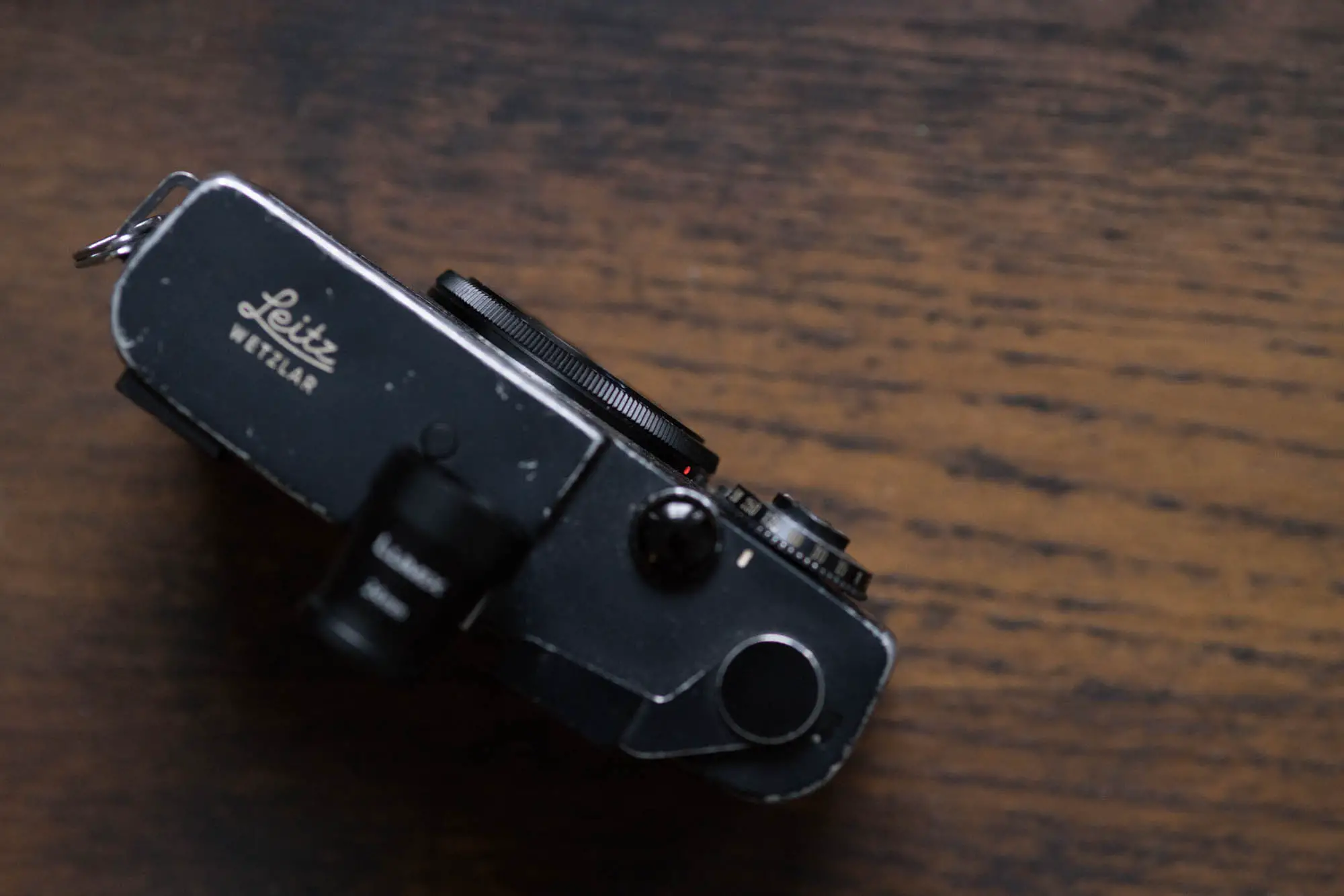
Another advantage of the small size is actually when it’s off the camera. The thought that’s gone into the cap design allows this lens to be carried as a second lens without any of the normal hassle. I personally don’t tend to carry second lenses when I go out shooting, I find they clog up my pockets – this lens makes the idea of a second lens much more appealing. I have quite happily carried it around in my pocket without in bothering me at all. The only annoying part is when you mount it on the camera, you have whatever lens you just took off to deal with, and no rear cap to swap back onto it. But for that occasional wide shot, it can be very handy. Just watch you don’t drop the fiddly little lens caps down a drain…
Optical qualities
So all that aside, what about its optical qualities. Well, first and foremost as unconventional as this lens is in form, it’s equally as unconventional in function. I know some people get their arse in their hand about the use of the words “character” and “lens” in the same sentence… Well to those, I’m sorry, as that’s exactly where I am starting this part of my review. This lens is definitely a character lens, with its main defining trait being the strong light falloff.
Vignetting/Light fall-off
My first impressions of the extent of fall-off were derived from my use of it on my M9. With a digital sensor – even that in a Leica digital camera – it’s wise to anticipate a increase in falloff over when using film. Shooting this lens on the M9, the fall-off is nothing short of extreme.
Me being me, I didn’t do a conclusive aperture by aperture white wall test. As such I couldn’t tell you exactly how much the falloff decreases per aperture – I’m sure it does, but in my experience, the fall-off is always there.
Shooting on film, I expected a decrease in this fall-off, but in practice I found it to be still very evident. Fortunately for me, I quite like it.
Sharpness
Sharpness also falls away, though this is a trait that is definitely more apparent on digital. On film, it’s much less apparent. Have a look at the soft corners in this shot taken on my M9
In terms of overall sharpness, it appears to resolve quite well, though contrast certainly isn’t up there with the Zeiss’s of this world. I’d probably describe it as having a slightly more gentle sharpness, still, it renders a nice image that overall I would definitely define as “sharp enough”.
Colours
Colours are another area where it differs from what I am used to. The colours a lens produces are quite hard to define with so many variables in both the digital and film image creating process. That said, I feel I am getting my eye in a little these days, and compared to what I am used to with my 50mm ZM Sonnar that I think of as quite warm, I’d say this lens renders quite cool. Warm or cool, there definitely feels like there is a definable colour character to this lens.
Unfortunately for digital M shooters, it does vignette to some funky magenta colours to the left and lower left of frame – as can be seen in the image of the fence above.
Distortions
A pleasant surprise was what appears to be a lack of and strong distortions. Again, I didn’t do any brick wall tests, but as can be seen in the fence shot and this one below, any distortions are likely minor enough to not cause any real worry.
Flare
In terms of flare, it seems to be really quite impressively resistant.
The only thing I did notice was some slight veiling/lowering of contrast centre frame in a couple of photos. I’m not sure I would describe this as flare as such, but there is some sort of veiling going on there. Note in this next photo, just around the lip of the wall, just up from centre-frame, there’s a distinct drop in contrast. Unusually, this only appeared in a couple of photos.
EDIT: Since publishing this, I have worked out that this would have been caused by sensor reflection
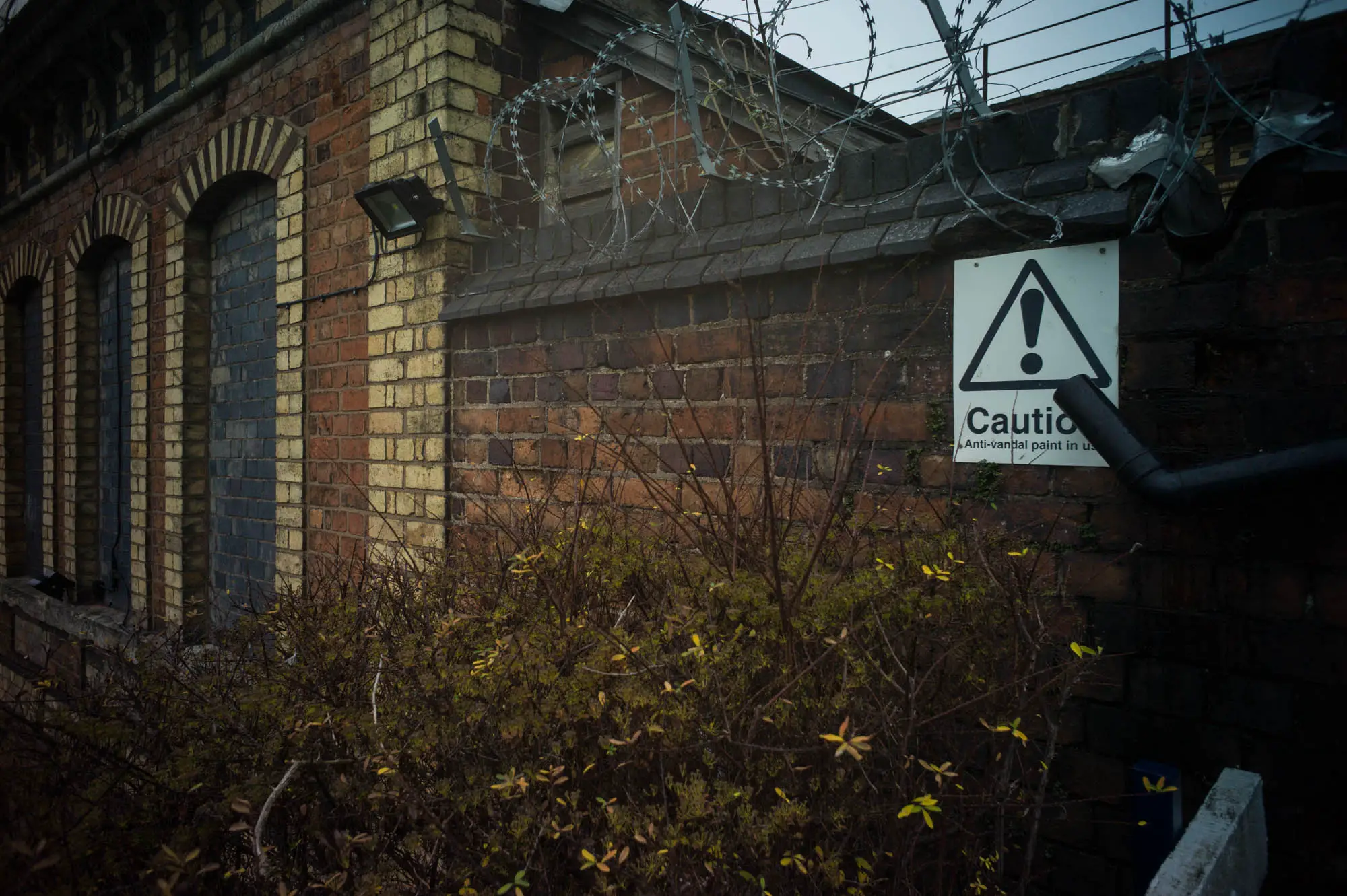
A few more images
In no particular order, here are a few more images I took with the lens whilst I had it.
In conclusion
My temptation to buy this lens throughout the time I spent playing with it went sky high, in fact, it was possibly only the depth of pockets combined with the time of year that prevented a purchase. But, that doesn’t mean it gets my unreserved recommendation!
For my personal tastes, the opportunity to play with the MS-Optics 21mm Perar came along at a very interesting point in time. My recent experience with the Lomography LC-Wide has inspired in me a strong desire to shoot with much wider lenses than I have for a while. The experience of shooting that camera broke a little bit of a mould I had in my mind about how and where to shoot ultra wide lenses. Having that mould broken helped my shoot this lens in a way that I don’t think I’d have shot it without having that LC-Wide experience.
Additionally to the way I shot it, there were also some correlations between the results from the Lomography LC-Wide and this little lens. Both impart a strong character on to the images taken with them, with the most notable similarly being in the strong vignette. This heavy light fall-off is something that I find myself quite drawn to in wide angle lenses, especially when shooting black & white – though even in the colour film shots above I found it very attractive.
It’s worth pointing out that objectively speaking the MS-Optics 21mm Perar is much better than the lens in Lomography LC-Wide, but there is no escaping the fact that it’s going to have a strong impact on your photos. To my mind, this is not a lens that you’d shoot looking for perfection, more it’s a lens that you’d choose for the love of the look it helps create. I personally really like the look it creates, especially with film where it seems more organic and less harshly impacting in its character traits. But, just because I like such a strong character, doesn’t mean everyone else will. Which is of course why it’s so hard to recommend without some quite strong reservations
That all said, somehow, the image quality derived from this lens feels like only a fraction of the full story. The main reason I think most people will look to buy the MS-Optics 21mm Perar is its diminutive size. This thing is tiny, and unlike most tiny m-mount lenses, it isn’t dramatically increased in size by clumsy black plastic lens caps. This is definitely an advantage for those looking for a carry everywhere occasional wide lens. Moreover, if you like your kit as small as possible, mount this lens on something like a Leica CL and you have a camera/lens combination that’s remarkably small – and provided you use it in the way it prescribes – surprisingly good to handle!
Skip to the end…
The MS-Optics 21mm Perar is without any doubt, a very unusual bit of kit. It’s clearly the creation of an eccentric human being, and that combined with its uncommon availability likely makes ownership of it very attractive to some. On a more practical level, being someone who likes tiny gear, and also has a penchant for a lens with a strong look, places me firmly in the target audience as a photographer. Its fair to say that you’re definitely going to need to share those preferences with me if you are going to get the most out of the MS-Optics 21mm Perar, but if you do, you’ll probably end up as taken with it as I did!
Thanks again to West Yorkshire Cameras for the loan!
Share this post:
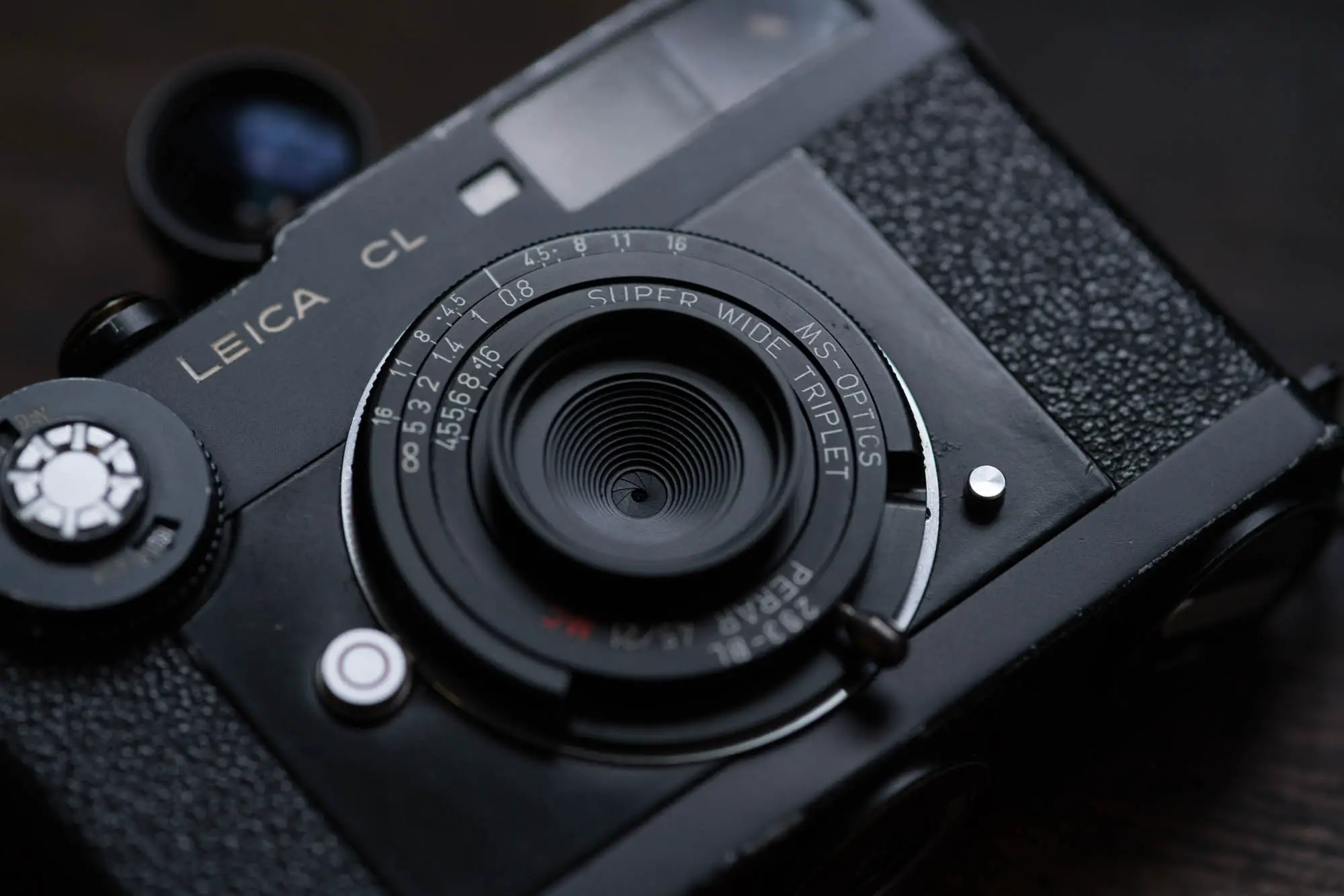
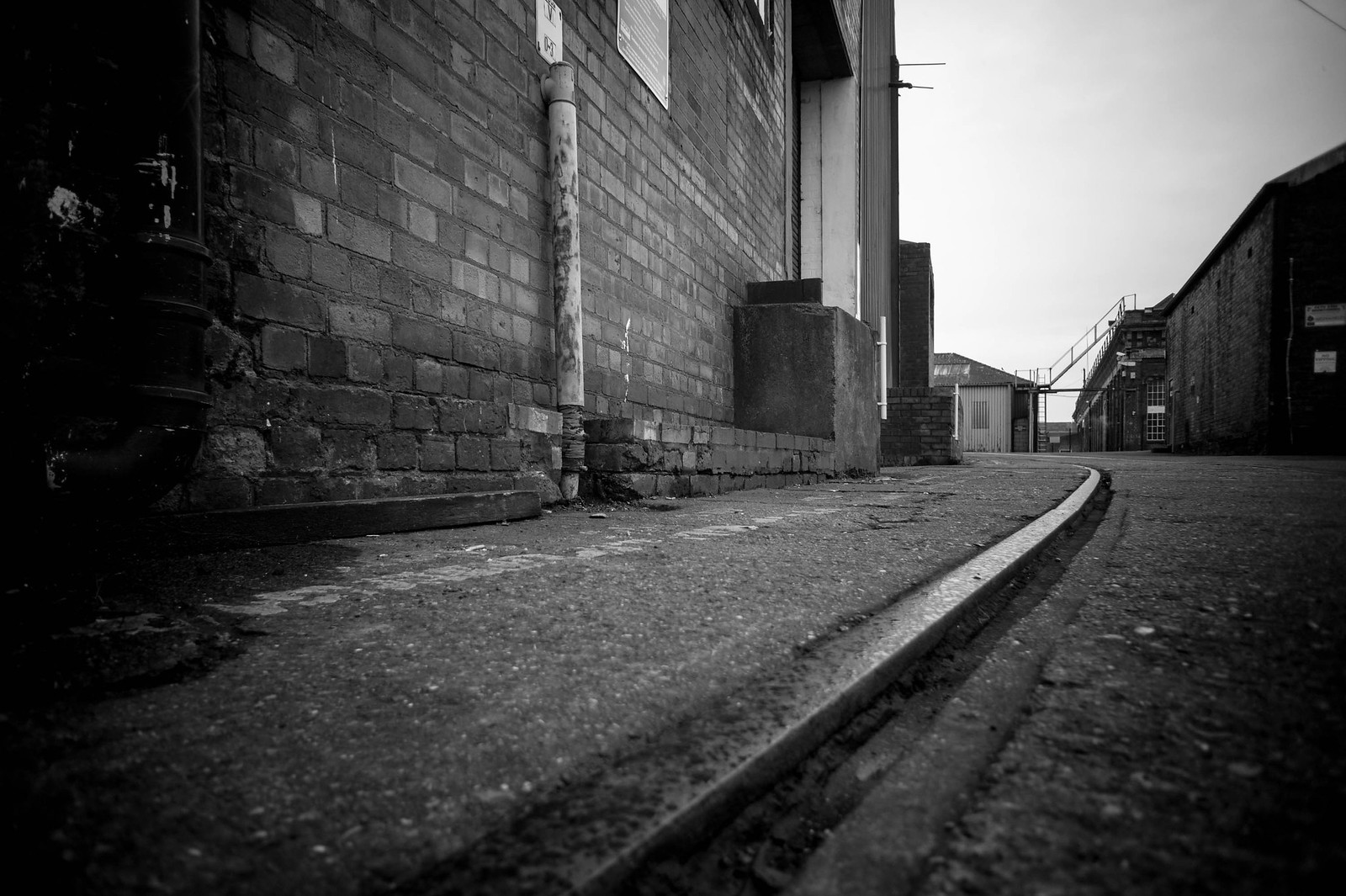

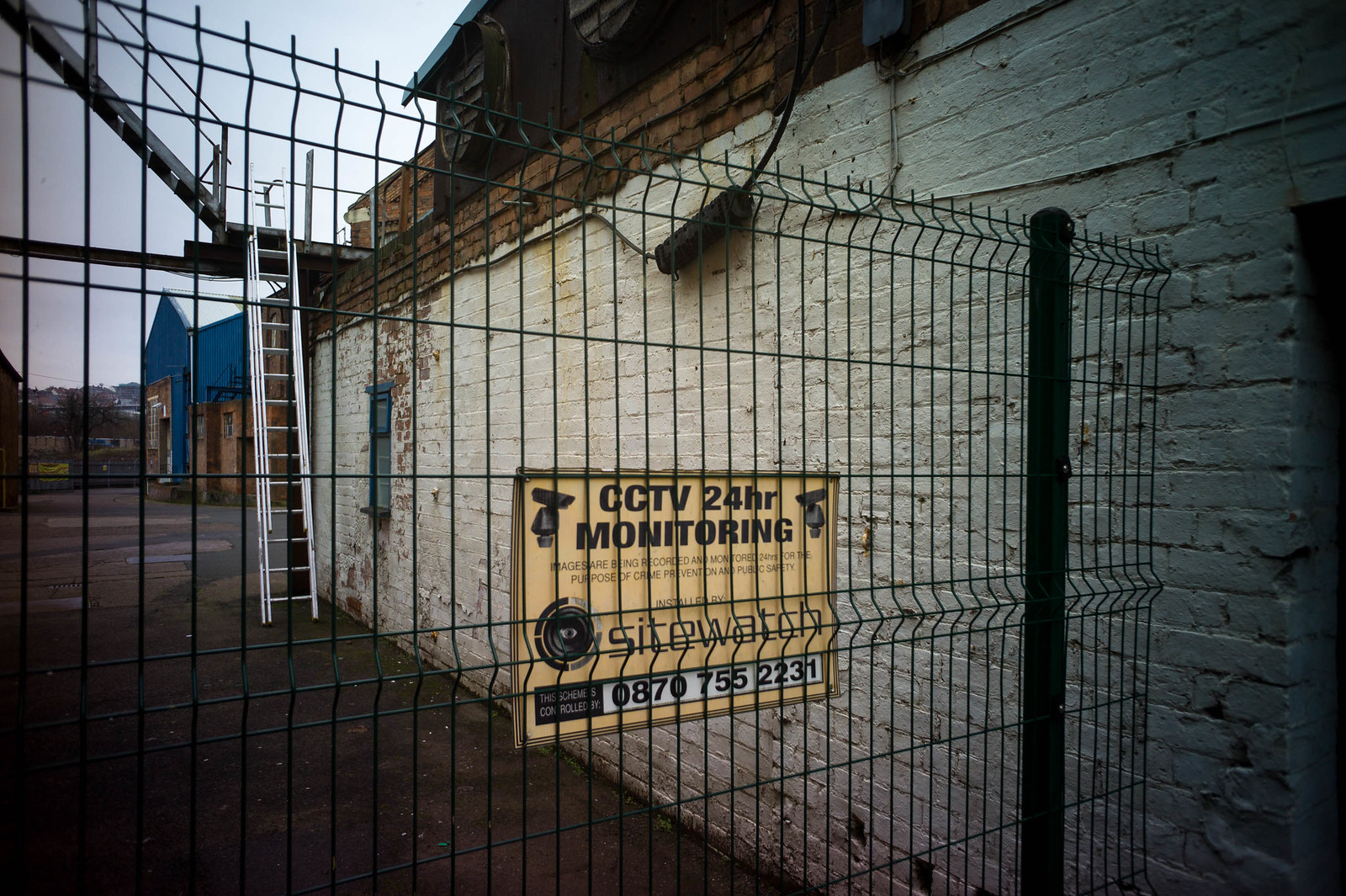
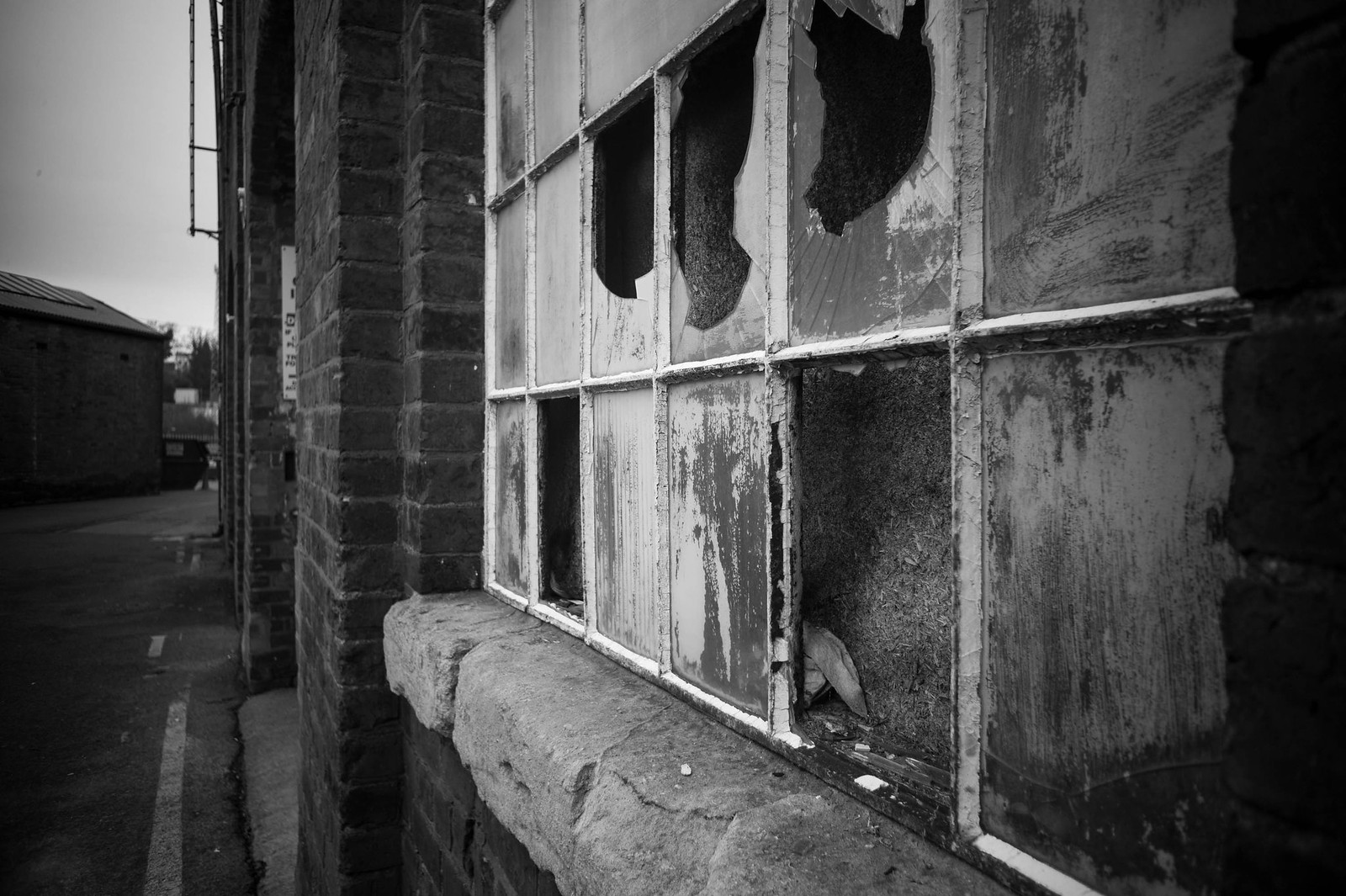
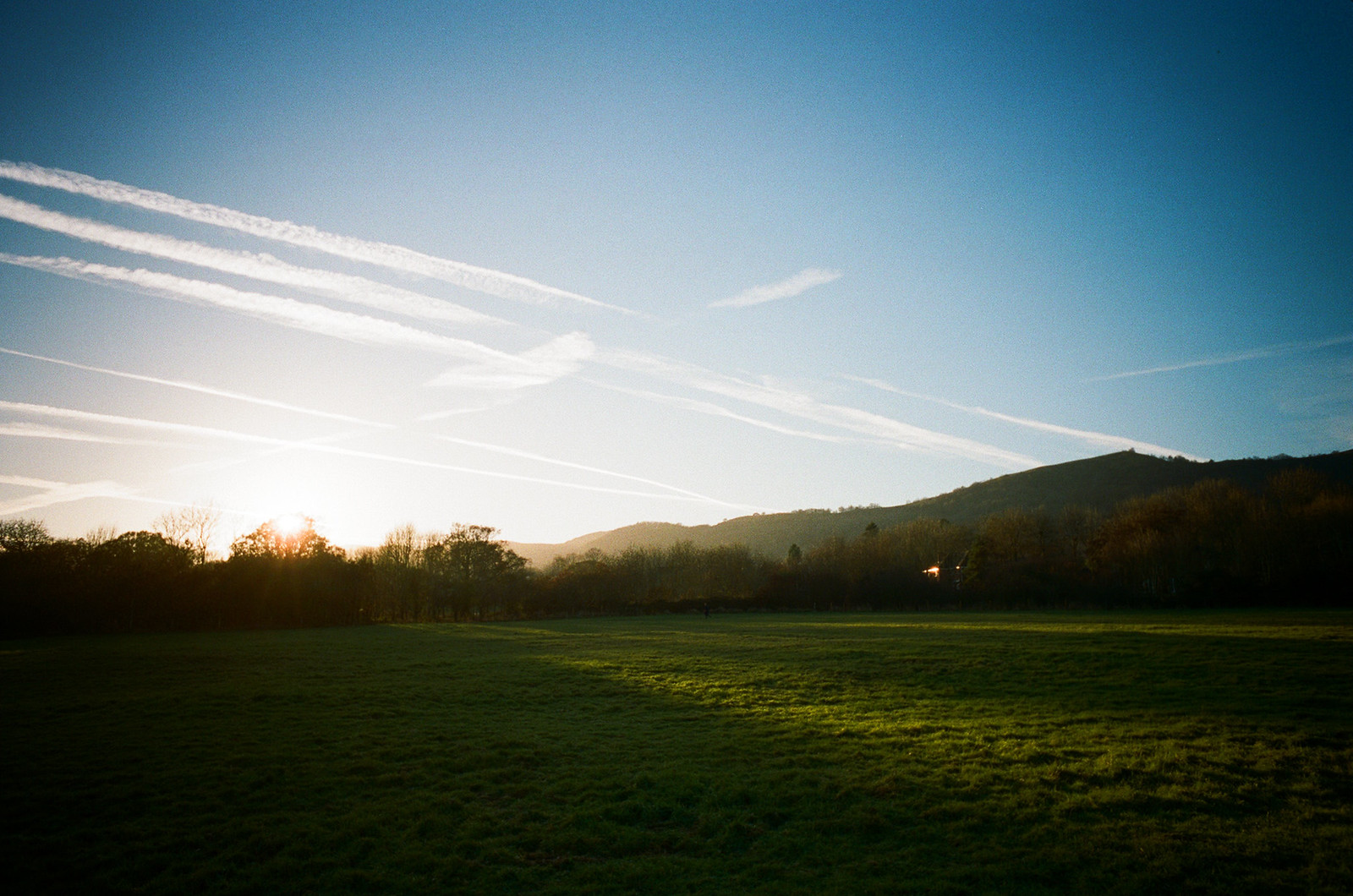

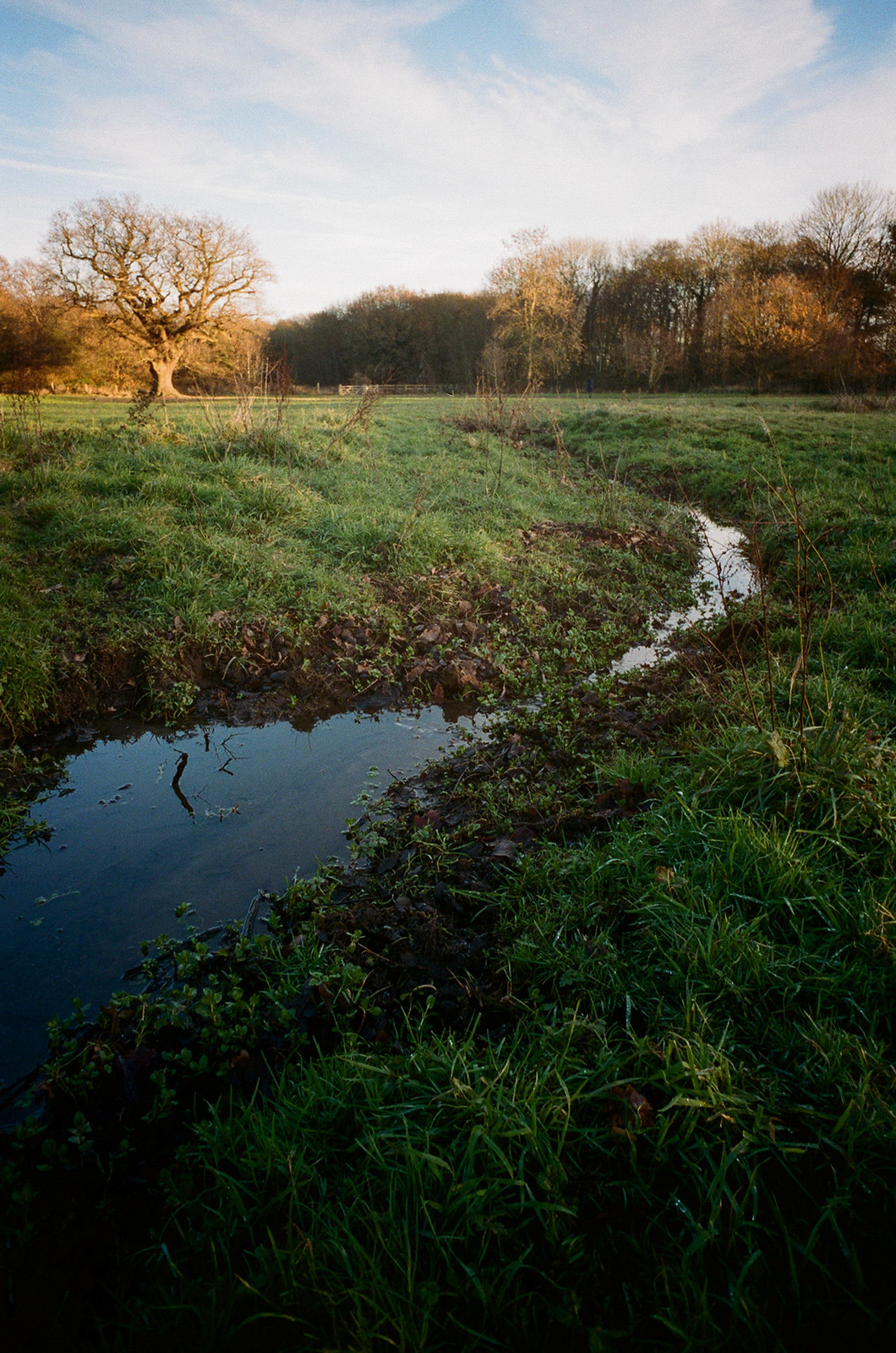
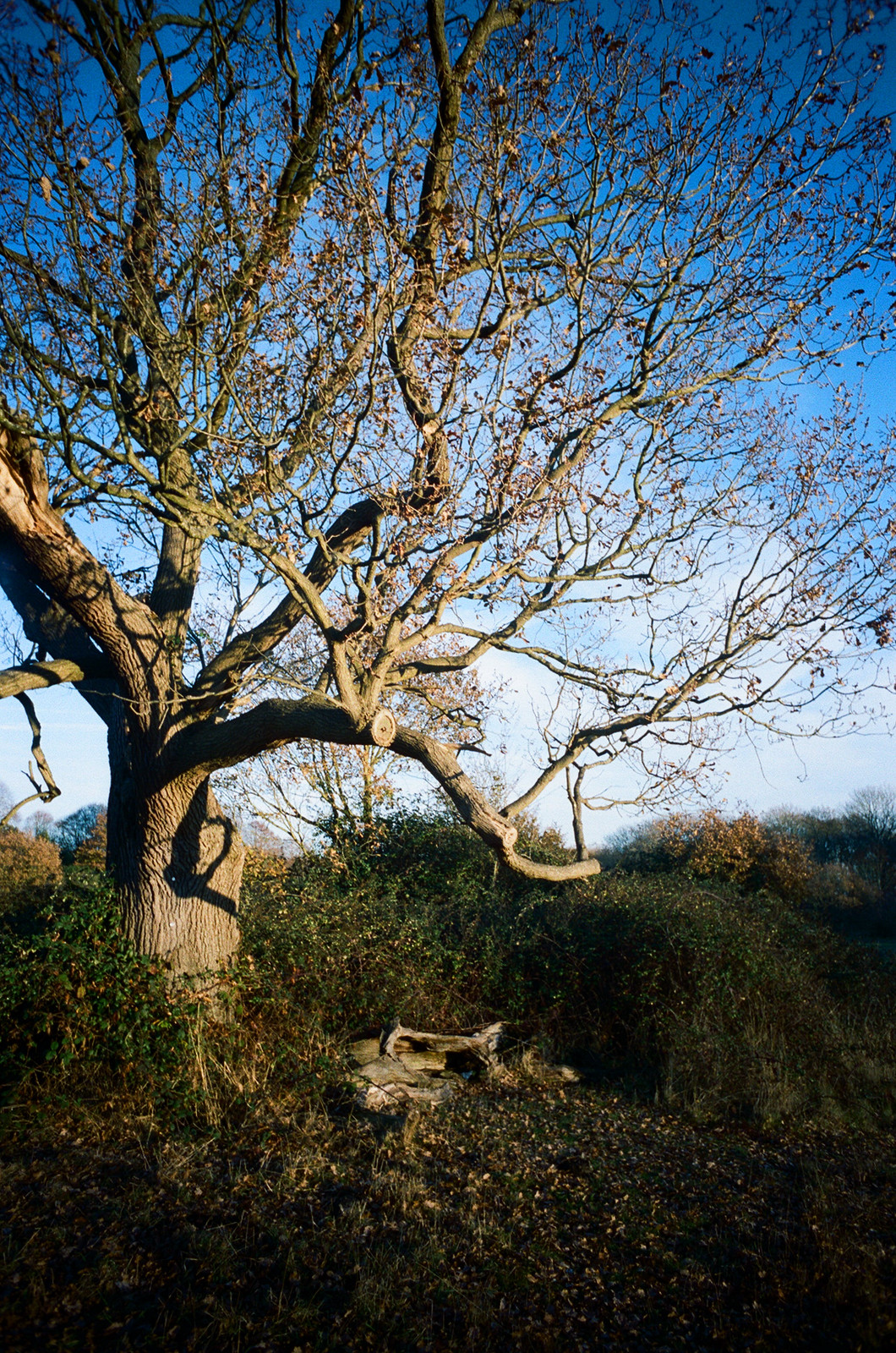
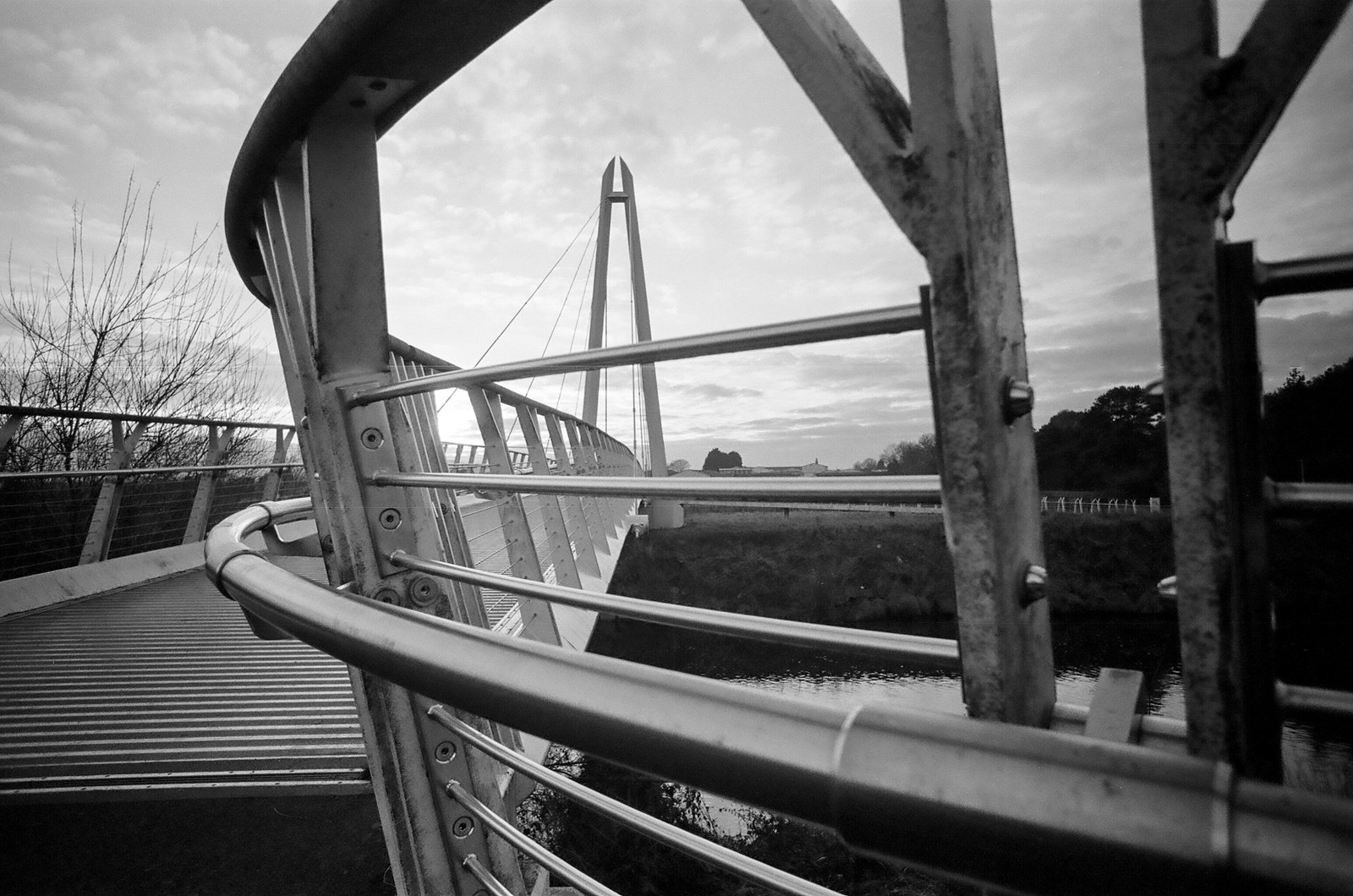

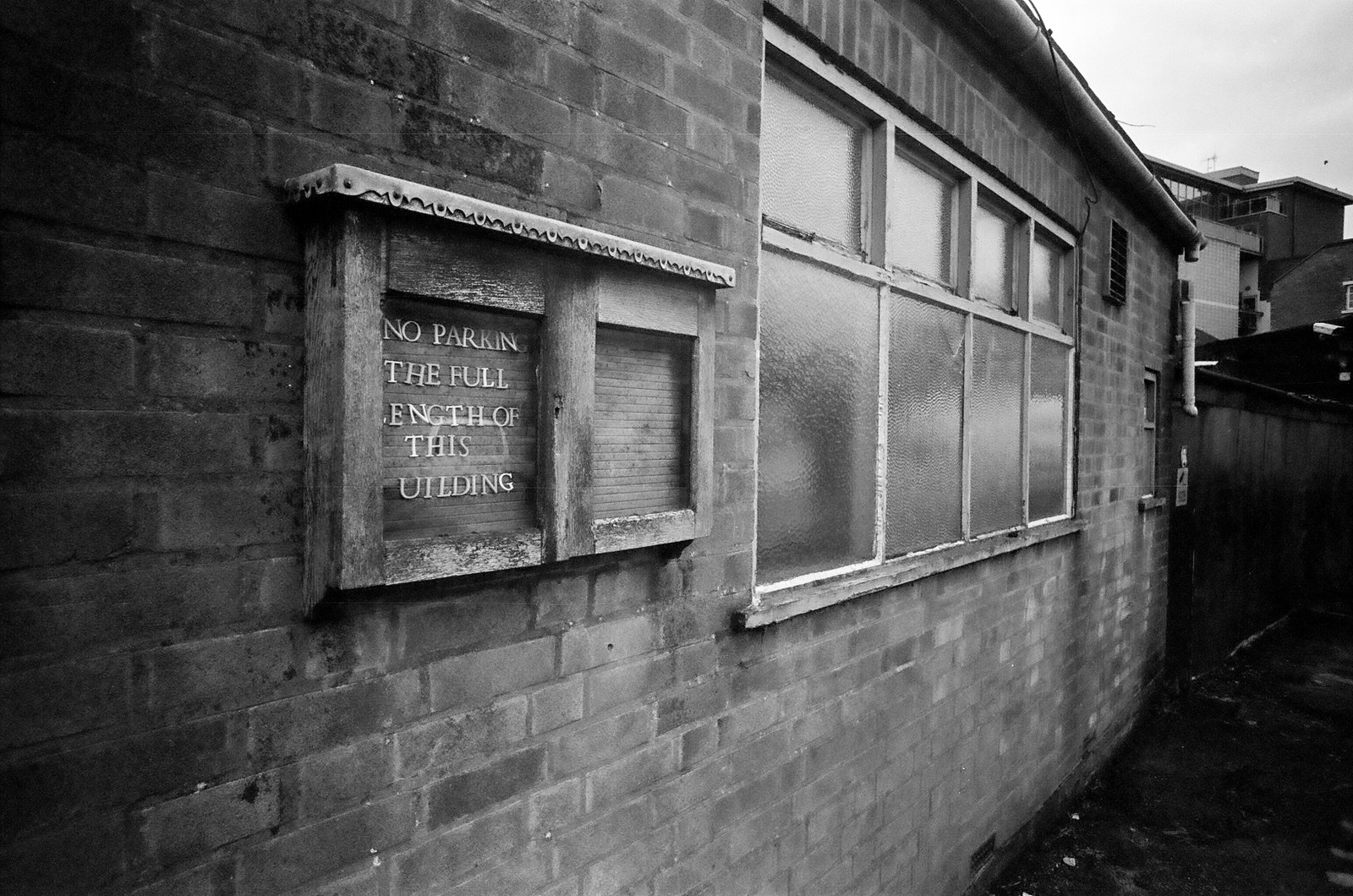
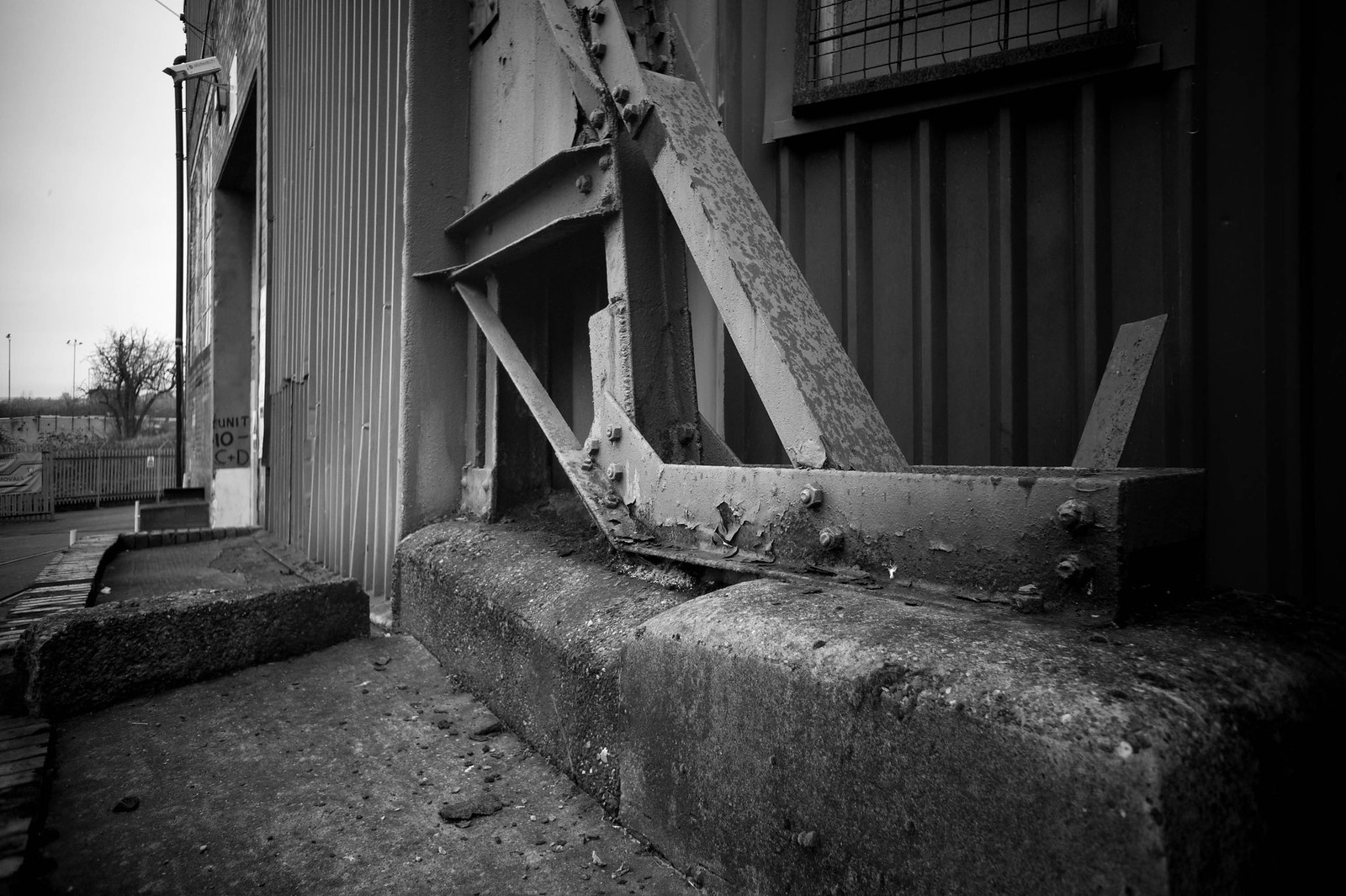








Comments
George Appletree on MS-Optics 21mm f/4.5 Perar Review- a tiny, and very eccentric lens
Comment posted: 26/12/2016
I'm in general a 50 mm user and as you know far from lomography.
But, yes, some time owning a 17 mm lens, while revisiting those photographs the thought coming is: wow that's space. So from time to time picky.
I understand you didn't enter into the price chapter. Zeiss or even Voigtländer very wides, for not mentioning Leica, are quite pricey. So that thing as an affordable occasional lens deserves a thought.
The cons are obvious. No fast at all both from the light and handling point of view. To be objective no way to use that for street photography. But, a real but, to move and quietly go for landscapes or stills or stationary subjects is a real possibility and maybe fully enjoyable. Perhaps also vignetting is not so pronounced with a cropped sensor, like M8.
Images seem having no distortion and colors are vivid.
Comment posted: 26/12/2016
Comment posted: 26/12/2016
Comment posted: 26/12/2016
alex t on MS-Optics 21mm f/4.5 Perar Review- a tiny, and very eccentric lens
Comment posted: 26/12/2016
Comment posted: 26/12/2016
Comment posted: 26/12/2016
Comment posted: 26/12/2016
Comment posted: 26/12/2016
Marcello on MS-Optics 21mm f/4.5 Perar Review- a tiny, and very eccentric lens
Comment posted: 26/12/2016
Amro on MS-Optics 21mm f/4.5 Perar Review- a tiny, and very eccentric lens
Comment posted: 26/12/2016
Sony Tidbits... - sonyalpharumors sonyalpharumors on MS-Optics 21mm f/4.5 Perar Review- a tiny, and very eccentric lens
Comment posted: 03/01/2017
The Voigtlander f/3.5 50mm VM Heliar - a review of two halves - 35mmc on MS-Optics 21mm f/4.5 Perar Review- a tiny, and very eccentric lens
Comment posted: 16/09/2017
Bernhard on MS-Optics 21mm f/4.5 Perar Review- a tiny, and very eccentric lens
Comment posted: 18/01/2019
Mike Watkins on MS-Optics 21mm f/4.5 Perar Review- a tiny, and very eccentric lens
Comment posted: 04/11/2019
That was an interesting design with a curved film plane, just like a 1960s Brownie.
Kurt Ingham on MS-Optics 21mm f/4.5 Perar Review- a tiny, and very eccentric lens
Comment posted: 28/02/2023
Love it- the flaws and strengths combine to give every frame an altogether charming 'look'